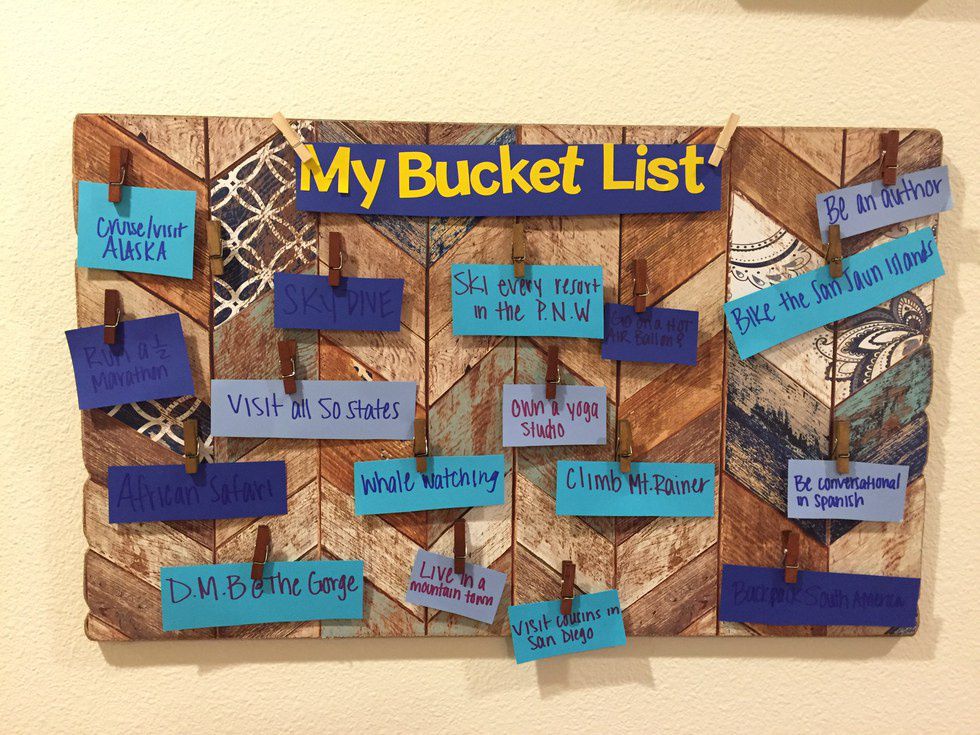Soundproofing your home can be a tricky process.
Soundproofing your home can be a tricky process. It requires more than just putting up some soundproofing material, because it's not just the walls that need to be treated; it's also all of the floors and ceilings. Fortunately, there are ways to make your home soundproof without breaking the bank.
If you want to live in a peaceful place and away from the noise pollution, consider a house in New Metro City Gujar Khan.
Ways to soundproof your home
Here are the easiest 5 ways to soundproof your home
1.Install drop ceilings
Drop ceilings are a great way to reduce noise in your home. They're easy to install, remove and clean, so it's no wonder they're so popular.
Easy installation: You can install drop ceilings yourself with just a few tools. Just make sure that any holes or gaps in the ceiling are covered.
Easy removal: If you've got some extra space where needed (like under an attic), simply cut back at each end until everything fits together properly without gaps or cracks showing through them.
2. Cover floors with rugs
Cover floors with rugs. If you have hardwood or tile floors, covering them with rugs can help absorb noise in the room. You can use these rugs to cover up your flooring as well as any other area that has high foot traffic—like the kitchen or bathroom when you're cooking or bathing.
3. Ultra stealthy bath fans and kitchen hoods
Bath fans and kitchen hoods are common sources of noise in the bathroom, so to soundproof them you need a vent that exhausts the air. The best way to do this is with an ultra-quiet bath fan—one that doesn't make any noise at all.
The same goes for the enclosed kitchen hood; if you can find one that doesn't make excessive noise when it's running or shut off completely, then you'll be able to enjoy peace and quiet in your bathroom.
4. Add rubber door sweeps and foam inserts
Add rubber door sweeps to the bottom of your doors. These are available at any hardware store, and they'll help absorb some of the sound in your home.
Install foam inserts into the door frames and around your windows. You can find these at most home improvement stores as well.
5. Install built-in bookcase in shared walls
If you’re looking to add soundproofing to your home, consider installing a built-in bookcase in a shared wall. This can be used to hide wires, equipment and speakers.
It can also be added as extra insulation by replacing the existing drywall with rigid foam board or spray foam insulation which helps reduce noise transmission.
Conclusion
Soundproofing your home is a process, not an event. You can't go from "squeaky clean" to soundproof overnight—but you can do it in a series of steps that will make life easier and more comfortable for everyone in the house.
The key is to start small and consider each step carefully before moving on to any new noise-reducing projects.



 StableDiffusion
StableDiffusion
 StableDiffusion
StableDiffusion
 student thinking i shouldnt have procrastinated all semester
StableDiffusion
student thinking i shouldnt have procrastinated all semester
StableDiffusion
 Photo by
Photo by  Photo by
Photo by  Photo by
Photo by  StableDiffusion
StableDiffusion
 StableDiffusion
StableDiffusion
 Photo by
Photo by  Photo by
Photo by 


 Lumiere figure at the Disney Store at the Ala Moana Shoppi… | Flickr
Lumiere figure at the Disney Store at the Ala Moana Shoppi… | Flickr








 StableDiffusion
StableDiffusion StableDiffusion
StableDiffusion 10. Extra BlanketsJuwenin Home 100% Cotton Knitted Throw Blanket
10. Extra BlanketsJuwenin Home 100% Cotton Knitted Throw Blanket StableDiffusion
StableDiffusion StableDiffusion
StableDiffusion File:Kishlaru familie.jpg - Wikimedia Commons
File:Kishlaru familie.jpg - Wikimedia Commons Photo by Hanna Balan on Unsplash
Photo by Hanna Balan on Unsplash StableDiffusion
StableDiffusion black blue and yellow round illustrationPhoto by
black blue and yellow round illustrationPhoto by 













